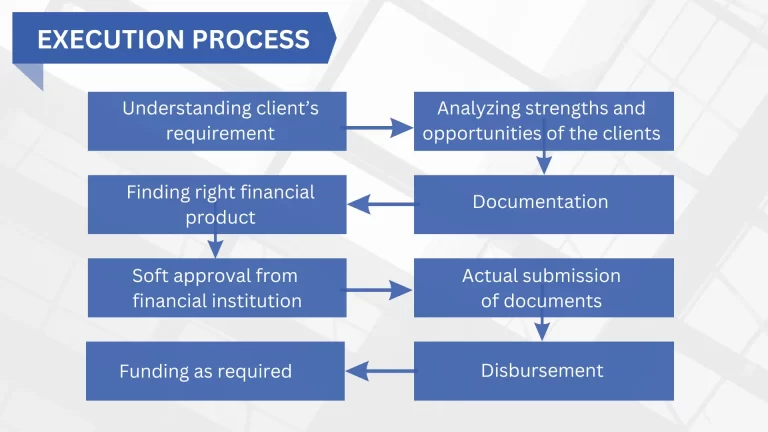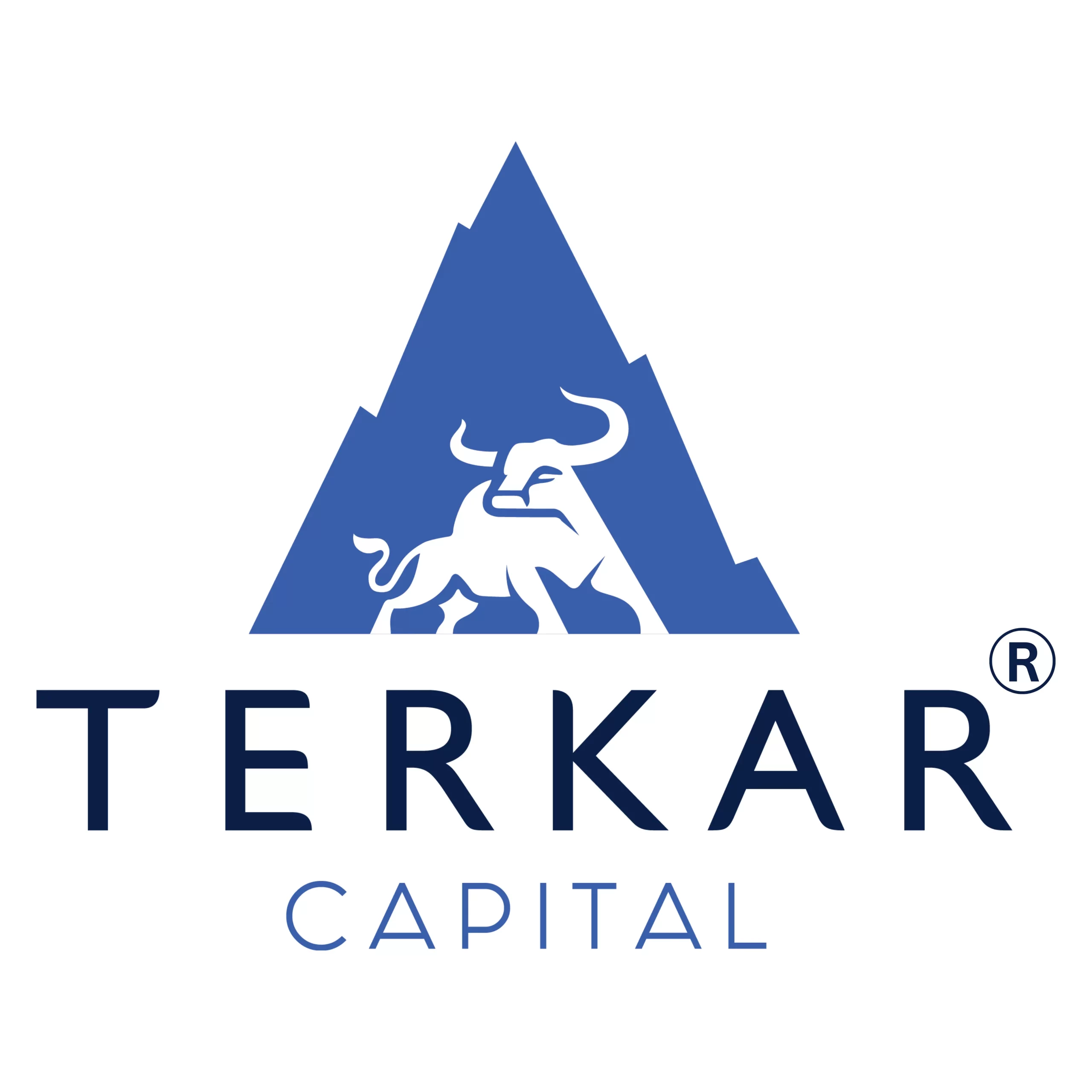Head Office
Castle Eleganza, 103, Bhonde Colony, Dr.Ketkar Road, Erandwane, Pune – 411004 [MH-India]
Corporate Office
The Capital, Level 7, B-Wing, Plot C – 70, G Block, Bandra Kurla Complex, Bandra (East), Mumbai – 400051 [MH-India]
Branch Offices
Nashik | Nagpur | Chhatrapati Sambhaji Nagar
Operational Presence
Delhi | Bengaluru | Chennai | Hyderabad | Kolkata | Ahmedabad | Surat













